Filter by
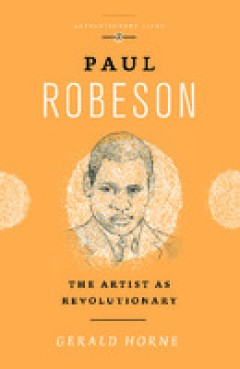
Paul Robeson
A world-famous singer and actor, a trained lawyer, an early star of American professional football and a polyglot who spoke over a dozen languages. These could be the crowning achievements of a life well-lived, yet for Paul Robeson the higher calling of social justice led him to abandon both the NFL and Hollywood and become one of the most important political activists of his generation - battl…
- Edition
- Ed. 1
- ISBN/ISSN
- 9781783717552
- Collation
- -
- Series Title
- -
- Call Number
- 970 HOM p

Time and the Ancestors: Aztec and Mixtec Ritual Art
Time and the Ancestors: Aztec and Mixtec Ritual Art combines iconographical analysis with archaeological, historical and ethnographic studies and offers new interpretations of enigmatic masterpieces from ancient Mexico, focusing specifically on the symbols and values of the religious heritage of indigenous peoples.; Readership: Scholars and students working on the archaeology, art, history and …
- Edition
- Ed. 1
- ISBN/ISSN
- 9789004340510, 9789004340527
- Collation
- 648
- Series Title
- The Early Americas: History and Culture, 5
- Call Number
- 973.82 JAN t
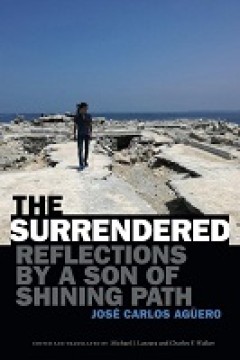
The Surrendered: Reflections by a Son of Shining Path
The Surrendered is Peruvian public intellectual José Carlos Agüero's reflections on his parents—who were executed by the state for being Shining Path militants—as well as the legacies of the Peruvian internal armed conflict and the possibility for forgiveness and reconciliation in the face of hate.
- Edition
- -
- ISBN/ISSN
- 9781478021216
- Collation
- -
- Series Title
- -
- Call Number
- -
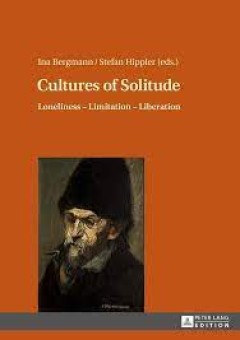
Cultures of Solitude Loneliness – Limitation – Liberation
This collection of essays comprises cultural analyses of practices of eremitism and reclusiveness in the USA, which are inseparably linked to the American ideals of individualism and freedom. Covering a time frame from the eighteenth to the twenty-first century, the essays study cultural products such as novels, poems, plays, songs, paintings, television shows, films, and social media, which re…
- Edition
- -
- ISBN/ISSN
- -
- Collation
- -
- Series Title
- -
- Call Number
- -
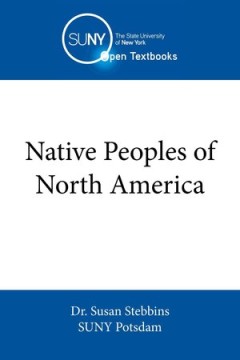
Native Peoples of North America
Native Peoples of North America is intended to be an introductory text about the Native peoples of North America (primarily the United States and Canada) presented from an anthropological perspective. As such, the text is organized around anthropological concepts such as language, kinship, marriage and family life, political and economic organization, food getting, spiritual and religious pract…
- Edition
- -
- ISBN/ISSN
- -
- Collation
- -
- Series Title
- -
- Call Number
- 970 STE n

Written Culture in a Colonial Context Africa and the Americas 1500-1900
There is very little in the modern literature on the history of written culture that describes the specific practices related to writing that were anchored in colonial contexts. It was not just ships, soldiers, missionaries and settlers that drove the process of European expansion from the 16th to the 19th centuries. The circulation of images, manuscripts and books between different continents …
- Edition
- -
- ISBN/ISSN
- 9781920499167
- Collation
- -
- Series Title
- -
- Call Number
- -

Writing Alberta: Building on a Literary Identity
Alberta writing has a long tradition. Beginning with the pictographs of Writing-on-Stone, followed by Euro-Canadian exploration texts, the post-treaty writing of the agrarian colonization period, and into the present era, Alberta writing has come to be seen as a distinct literature. In this volume Melnyk and Coates continue the project of scholarly analysis of Alberta literature that they began…
- Edition
- -
- ISBN/ISSN
- 9781552388914
- Collation
- -
- Series Title
- -
- Call Number
- -

Xiipúktan (First of All): Three Views of the Origins of the Quechan People
The Quechan people live along the lower part of the Colorado River in the United States. According to tradition, the Quechan and other Yuman people were created at the beginning of time, and their Creation myth explains how they came into existence, the origin of their environment, and the significance of their oldest traditions. The Creation myth forms the backdrop against which much of the tr…
- Edition
- -
- ISBN/ISSN
- 9781909254411
- Collation
- -
- Series Title
- -
- Call Number
- -
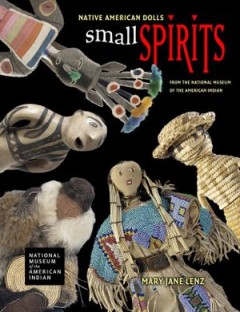
Small Spirits: Native American Dolls from the National Musuem of the American…
Mary Jane Lenz’s insightful, authoritative text discusses the intriguing roles dolls have played in Native American cultures and explores their significance today, while historical photographs bring to life the people who made and used these remarkable creations. Featuring a superb selection from the museum’s collections, Lenz’s landmark book will appeal to scholar, collector, and general…
- Edition
- -
- ISBN/ISSN
- -
- Collation
- -
- Series Title
- -
- Call Number
- 700 LEN s
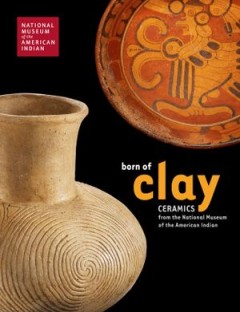
Born of Clay: Ceramics from the National Museum of the American Indian
The museum’s holdings are rich in examples of Native ceramics from throughout the Western Hemisphere, stretching across forty centuries to the present day. In this book, four scholars introduce important and little-known ceramic figures and vessels representing the cultures of the Andes, Mexico, the American Southwest, and the eastern United States. Extensively illustrated with beautiful new …
- Edition
- -
- ISBN/ISSN
- -
- Collation
- -
- Series Title
- -
- Call Number
- 738 BOR b
 Computer Science, Information & General Works
Computer Science, Information & General Works  Philosophy & Psychology
Philosophy & Psychology  Religion
Religion  Social Sciences
Social Sciences  Language
Language  Pure Science
Pure Science  Applied Sciences
Applied Sciences  Art & Recreation
Art & Recreation  Literature
Literature  History & Geography
History & Geography